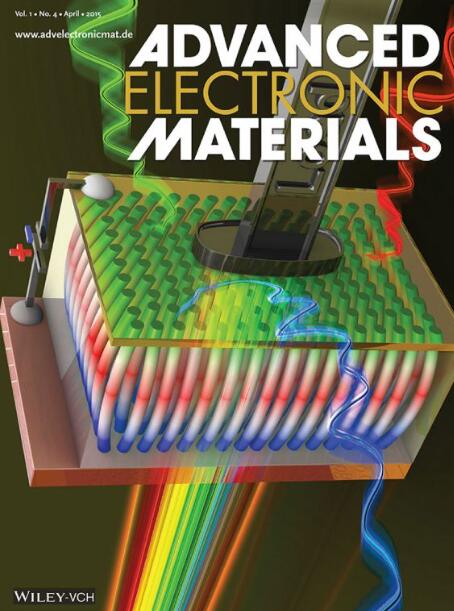Overcome Limited Efficiency in All‐Perovskite Tandem Solar Cells Upon Light Management at Top Perovskite‐ Transparent Electrode Interfaces
IF 5.3
2区 材料科学
Q2 MATERIALS SCIENCE, MULTIDISCIPLINARY
引用次数: 0
Abstract
Tandem solar cells have gained significant attention due to their rapid advancements in power conversion efficiency (PCE) and their potential to exceed the detailed balance limit of single‐junction solar cells. However, despite ongoing progress in perovskite‐silicon tandem solar cells, all‐perovskite tandem solar cells (APTSCs) still lag their perovskite‐silicon counterparts. This raises the question: can further development close this gap? Upon theoretical modeling combining optical and electrical calculations, we found that: i) the PCE limitations in APTSCs are primarily caused by the reflection losses at the top perovskite interface; ii) introducing random texturing at the surfaces of wide‐bandgap perovskites plays a critical role in enhancing light absorption, which can potentially improve PCE up to 30.97%. This improvement can be attributed to the reduced reflection and increased absorption at both the top wide‐bandgap and the bottom narrow‐bandgap perovskites. Furthermore, comparison between the calculated results and the experimental data clearly highlights the importance of light management strategies, particularly in improving the short‐circuit current density. This approach is more effective than relying solely on interfacial passivation and energy band alignment to enhance the open‐circuit voltage. The findings will provide valuable theoretical insights for optimizing and advancing the performance of APTSCs.

利用钙钛矿透明电极界面的光管理克服全钙钛矿串联太阳能电池的有限效率
串联太阳能电池由于其在功率转换效率(PCE)方面的快速进步以及其超越单结太阳能电池详细平衡极限的潜力而获得了极大的关注。然而,尽管钙钛矿-硅串联太阳能电池正在取得进展,但全钙钛矿串联太阳能电池(aptsc)仍然落后于钙钛矿-硅的同类产品。这就提出了一个问题:进一步的发展能缩小这一差距吗?通过结合光学和电学计算的理论建模,我们发现:i) aptsc的PCE限制主要是由顶部钙钛矿界面的反射损失引起的;ii)在宽禁带钙钛矿表面引入随机纹理对增强光吸收起着关键作用,这可能使PCE提高到30.97%。这种改进可归因于顶部宽带隙和底部窄带隙钙钛矿的反射减少和吸收增加。此外,计算结果与实验数据之间的比较清楚地强调了光管理策略的重要性,特别是在提高短路电流密度方面。这种方法比仅仅依靠界面钝化和能带对准来提高开路电压更有效。这些发现将为优化和提高aptsc的性能提供有价值的理论见解。
本文章由计算机程序翻译,如有差异,请以英文原文为准。
求助全文
约1分钟内获得全文
求助全文
来源期刊

Advanced Electronic Materials
NANOSCIENCE & NANOTECHNOLOGYMATERIALS SCIE-MATERIALS SCIENCE, MULTIDISCIPLINARY
CiteScore
11.00
自引率
3.20%
发文量
433
期刊介绍:
Advanced Electronic Materials is an interdisciplinary forum for peer-reviewed, high-quality, high-impact research in the fields of materials science, physics, and engineering of electronic and magnetic materials. It includes research on physics and physical properties of electronic and magnetic materials, spintronics, electronics, device physics and engineering, micro- and nano-electromechanical systems, and organic electronics, in addition to fundamental research.
 求助内容:
求助内容: 应助结果提醒方式:
应助结果提醒方式:


